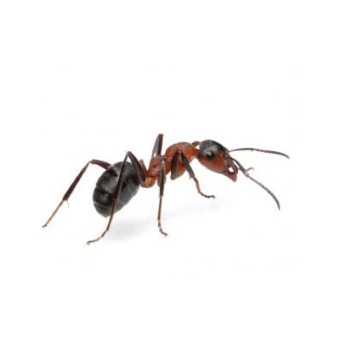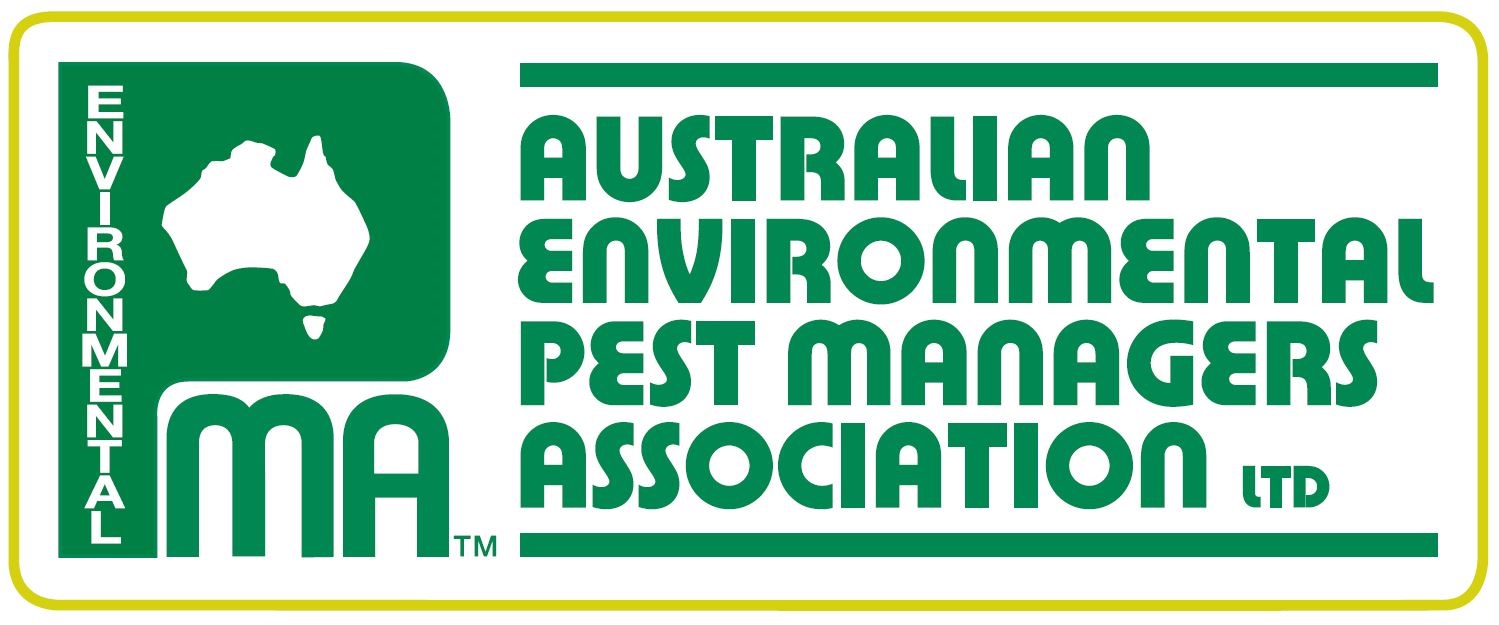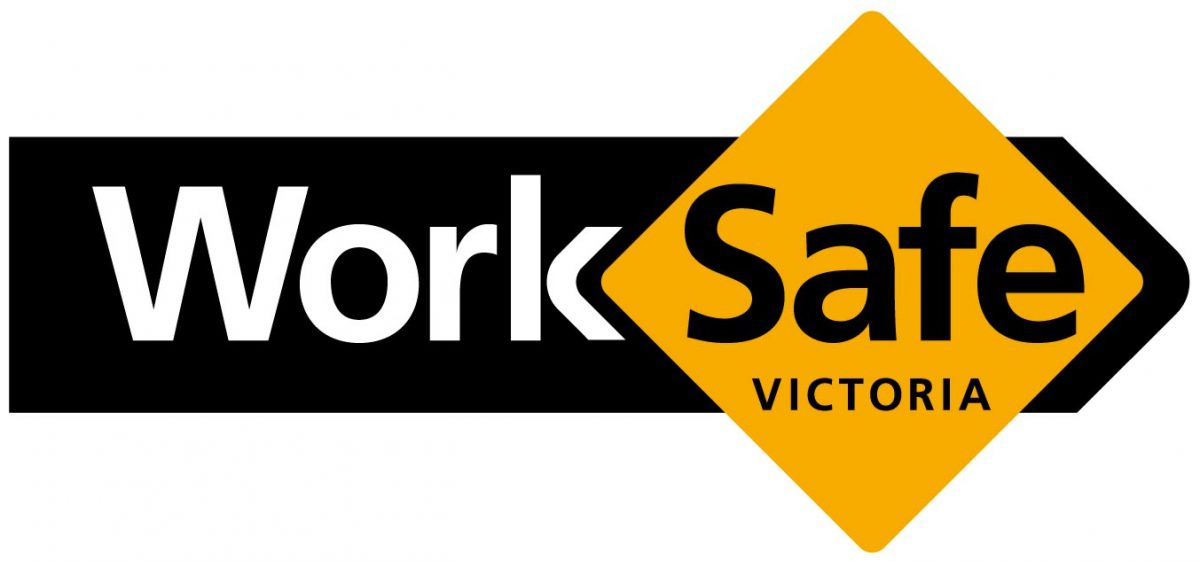Ants Control

The ant species commonly found in Australia:
- Sugar Ant
- Singapore Ant
- Black House Ant
- Argentine Ant
- White Footed Ant
- Carpenter Ant
Ants are social insects that live in nests. A nest contains one or more queen, soldiers and workers. They perform specific tasks and appear physically different. Colony sizes vary and are mostly located in soil, wood or among rock.
Ants are of ecological importance for their roles as predators and scavengers, for seed and pollen dispersal and in soil structure maintenance.
Ants are not related to termites and cannot damage sound timber. Ants are termites biggest threat.
Ants communicate with each other using pheromones, being chemical signals. They perceive smells with their long, thin and mobile antennae. The paired antennae provide information about the direction and intensity of scents. Since most ants live on the ground, they use the soil surface to leave pheromone trails that can be followed by other ants.
Typically, worker ants forage from the nest for food once a food source has been established, following the scent trail. They reinforce the trail when they head back with food to the colony. When the food source is exhausted, no new trails are marked by returning ants and the scent slowly dissipates.
When an established path to a food source is blocked by an obstacle, the foragers leave the path to explore new routes. If an ant is successful, it leaves a new trail marking the shortest route on its return, and successful trails are followed by more ants.
A crushed ant emits an alarm pheromone that sends nearby ants into an attack frenzy and attracts more ants from further away.
Ants are very common intruders in and around buildings and are often observed around foundations, in walls, roofs, voids, kitchens, lawns, gardens and the wood of decaying trees.
It can be annoying to find ants in your home or business and they can be difficult to control. Most ants come inside looking for food. They are attracted to sweet and sticky substances.
Ant proof your premises by making food and water unavailable. You can also prevent ants from entering by sealing access points such as cracks and crevices in door and window frames.
Effective control of ants lies in the knowledge of their foraging and nesting habits. Cleaning and keeping areas free of food scraps will help deter infestations.
The strategies for success in ant management include:
Inspection - It is important to identify the correct species of ant causing the problem. Identifying the correct species is vital since they all have different food and nesting preferences. Locating and eradication their nest is the most successful way of dealing with an ant infestation, but often the nests are difficult or impossible to locate. A thorough inspection will provide important clues to a successful treatment.
Chemical Treatments - Chemical treatments for ant control range from liquid and dry powder formulation to granules. Most active ingredients in these products are based on synthetic pyrethroids, which are much safer for your family and pets. Chemical treatments can sometimes provide ongoing protection against future ant infestation, however this depends on the species of ant and the type of placement of the ant control product.
Ant Baiting - Ant baits are a highly effective ant control tool. After correct identification of the ants the correct bait can be selected and placed strategically to encourage the ants to feed. The advantage of using ant baits is that the ants transfer the bait back to the colony. If the baiting job is done well, the entire colony can be eradicated with a single visit. The disadvantage of using baits is that the baits may need to be replenished over time and the ants will not die off immediately, so patience is needed.
An experienced and qualified PEST–ZAP technician is trained to rid your premises of unwanted ants and to advise you how to keep your home or business ant free.
Ready to get started
PEST-ZAP specialises in the control of common domestic pests near Melbourne making your home safer for your family.

